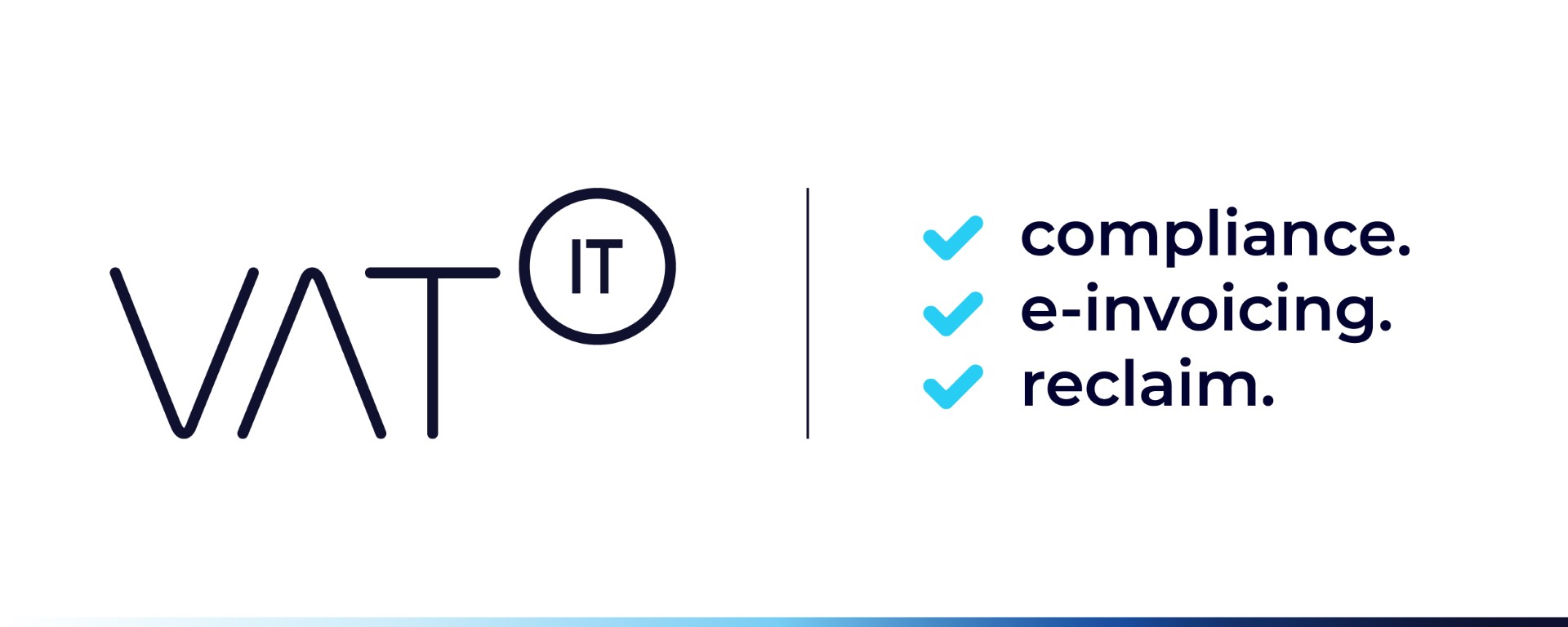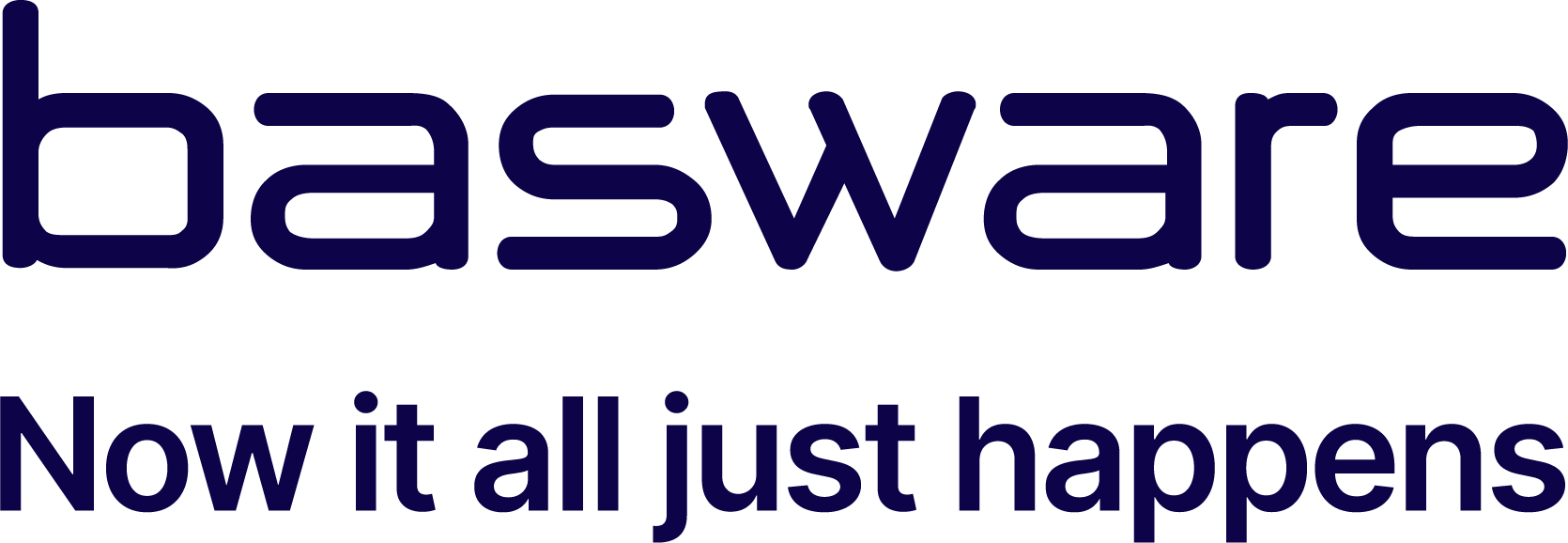In the post-audit model, businesses issue invoices independently without mandatory submission to tax authorities, but authorities can request access and review invoices later to ensure compliance and accuracy. Key characteristics include: flexible process, periodic audits, reduced immediate compliance costs but higher risks of non-compliance penalties, and detailed invoice storage requirements. The clearance model involves real-time government validations, more control points, and immediate compliance costs but lower risks.
Source Fonoa
lick on the logo to visit the website
Latest Posts in "World"
- Global eInvoicing: Trends, Models, Interoperability, and Innovation Shaping the Digital Future
- Turn Fiscalization Compliance into a Competitive Advantage: Free Webinar on October 30
- Webinar Fiscal Solutions: Turn Fiscalization Into a Competitive Advantage (Oct 30)
- Basware on YouTube – Compliance without the boring bits – Episode 5 (December 9)
- “How do I know if my Peppol e-invoice has arrived?” – A practical guide for entrepreneurs
















